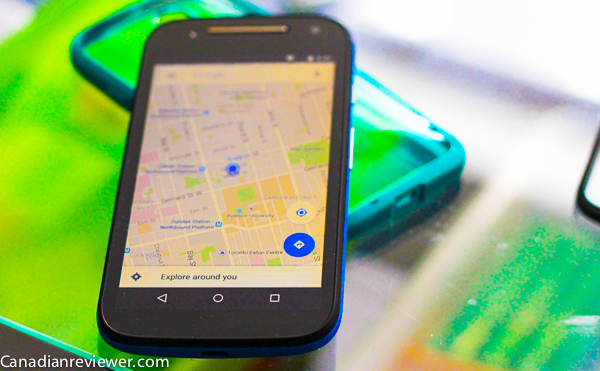
Text and photos by Gadjo Cardenas Sevilla
For the intended Moto E user, which is someone moving from a feature phone to a smartphone on a pre-paid plan, the Moto E (2nd Gen) will be a huge and empowering step in communicating, accessing the Internet, and running the latest, greatest applications available on Android.
Motorola’s Moto E (2nd Gen) bucks the trend of increasingly expensive smartphones with yearly incremental updates. Designed as a no-contract option, the latest ‘budget’ handset redefines value for money with a nice topping of functionality.
All technology should aim for ubiquity and as features and specifications become more popular, the idea is that they become more affordable and accessible to more people.
The reality is that most smartphones are very expensive, the flagship handsets that push the envelope on design, materials, functionality and cutting edge features at a premium price.
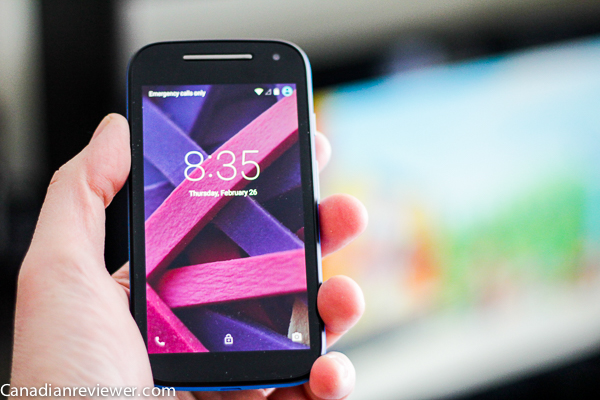
For many users who require a basic smartphone, there haven’t been too many compelling options because of the compromises, which include archaic versions of software, poor performance, lack of storage and an overall painful user experience.
The Moto E (2nd Gen) is Motorola’s newest budget smartphone and the first shipped under Lenovo’s stewardship. It could also become the company’s most successful device. It is currently available in Canada from TELUS, Koodo and Videotron.
Surpassing the larger Moto G (2nd Gen) in various areas, the diminutiveve Moto E brings a number of surprise features for an entry-level smartphone that is expected to cost $150 without a contract.
Moto E now features 4G-LTE connectivity that can take advantage of the faster data speeds offered by most carriers. Moto E also ships with the latest Android OS 5.0 Lollipop OS, which hasn’t even come to various flagship handsets costing hundreds of dollars more.
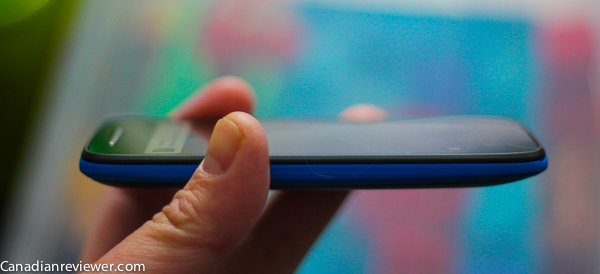
Other outstanding features include a 1980 mAh battery, rugged build with Gorilla Glass as well as a water resistant splashguard and 32GB expandable storage space. A quad-core Snapdragon processor, a 5 megapixel rear camera (with the Moto X’s shake to activate feature) and various Motorola software services.
I've looked around at competing devices in this price point and nothing really comes close to what the Moto E offers, so Android users looking for some of the freshest features on the cheap will be pleased with what the Moto E delivers in a small package.
User Experience
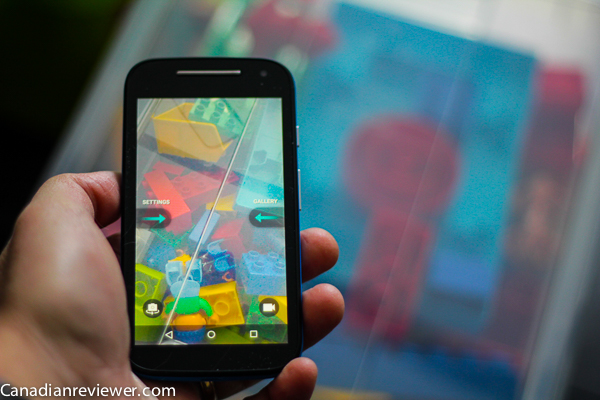
I’ve been using the Moto E (2nd gen) off and on for around a month and found it to be a reliable and zippy smartphone. Build quality is above average and should survive day-to-day usage without a problem.
The Moto E can run Android Lollipop and its Material Design user interface and animations without much issue and while the onboard storage required to run apps can feel a bit limiting if you’re coming from an older device with more storage, the ability to pop-in a cheap microSD card to increase storage for photos, music and videos.
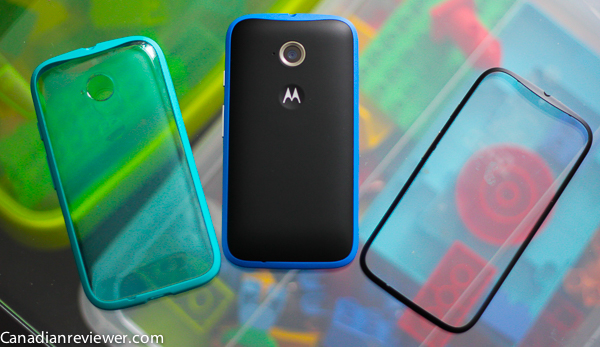
Moto E’s 4G-LTE connectivity was spot on using TELUS’s network around Toronto. Battery life was more than adequate and call quality was very good with 2-mic support.
The bloatware-free Android OS is a huge bonus for an affordable device like this and makes the Moto E a pseudo-Nexus device with guaranteed software upgrades and hassle-free functionality.
The camera is just okay and works adequately for most well-lit conditions. The Moto E also has a new VGA front-facing camera for video calls, another surprise feature for such an affordable camera.
This wouldn't be a Motorola smartphone if it didn't have any customization features and the Moto E (2nd Gen) complies by offering users various colour bands that serve as accents and covers for the SIM card slot and the microSD slot. Users can also choose Motorola Grip Shells that add more protection and ruggedized materials which do bulk-up the phone's size.
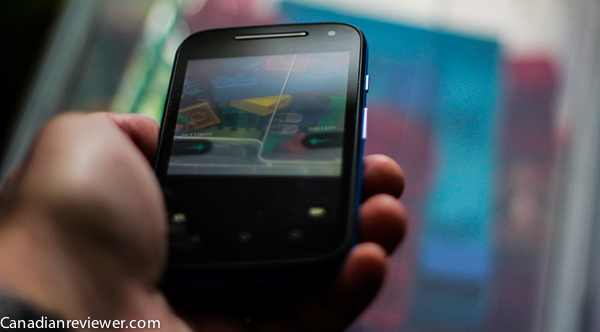
My only frustration with the Moto E, coming from a larger capacity smartphone, was dealing with the limited onboard memory to choose which applications I really needed and which ones I could do without. While there is expandable microSD storage, it is the 8GB onboard storage where apps run from that can run out (specially since around 4GB is left for installing apps).
The intended Moto E user, which is someone moving from a feature phone to a smartphone on a pre-paid plan, the Moto E (2nd Gen) will be a huge and empowering step in communicating, accessing the Internet and running the latest, greatest applications available on Android.
Catering to this segment of the market, Motorola has succeeded in defining an affordable, durable, and well-designed smartphone that brings the most bang for the buck.
Rating: 4.5 out of 5